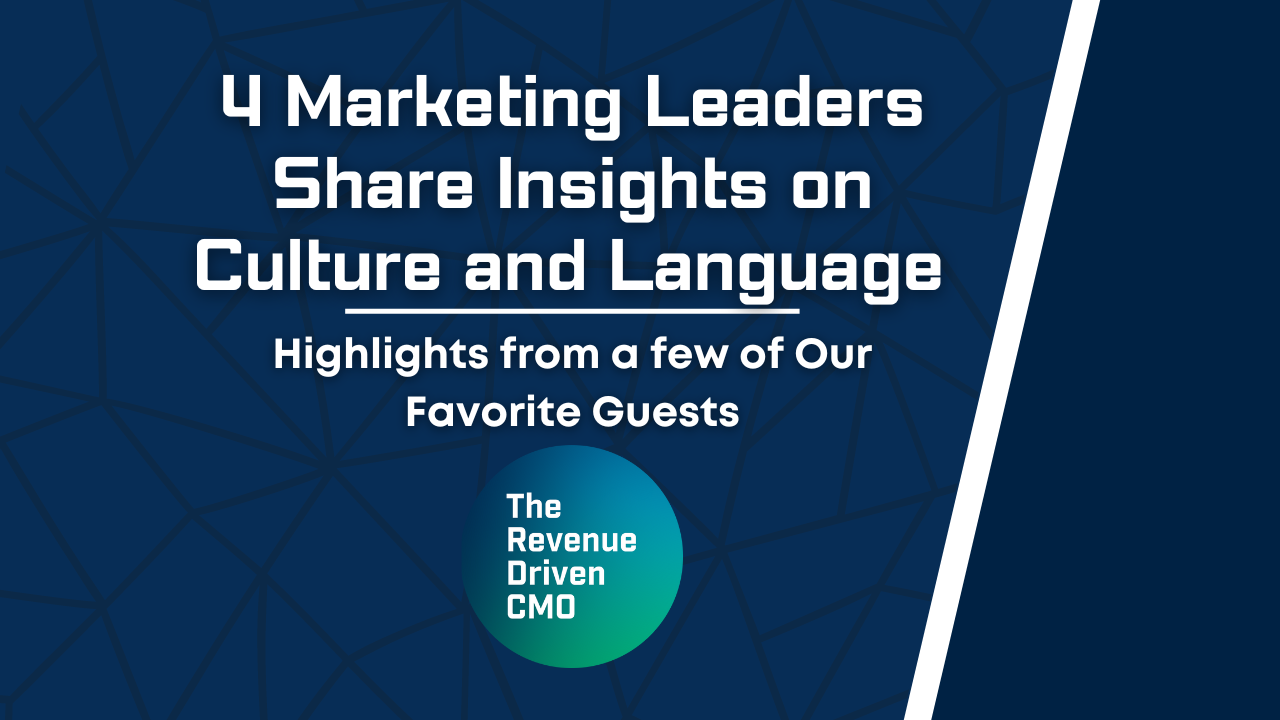
The Anatomy of a High-Converting Google Ad (Hint: It’s Simple)
This probably sounds familiar…
You’re charged with making sure your company gets a measurable return from AdWords. You know your way around.
But you wonder if there’s a way to boost results so your boss can rest easy.
While there is a ton of advice available online, it can be overwhelming.
This article cuts to the point.
The following straightforward AdWords secrets don’t require a manual to decipher.
The anatomy of a Google ad that gets more clicks and conversions is simple but often ignored. We’ll show you not only how to write Google ads but how to write great Google ads that keep the cash registers ringing.
1. A Compelling Headline
“On the average, five times as many people read the headline as read the body copy. When you have written your headline, you have spent eighty cents out of your dollar.” -David Ogilvy
A headline can make or break any ad you run in any medium, period.
The co-founder of Upworthy says he has seen up to a 500% difference in traffic from a headline change.
It’s important to have a headline that speaks directly to the user’s search query.
What this means is that users are expecting higher standards than ever before when they’re on the web. And if you don’t satisfy them, they will move on quickly.
That is why after a search, you should go the extra mile to create a message that will grab the user’s attention — a highly relevant headline accomplishes this (and improves your quality score).
For instance, let’s say someone searches “Bluetooth headphones.” You want to make sure “Bluetooth” is in the headline rather than just “Headphones.” This makes the ad more relevant to the searcher, increasing your click throughs and conversions.
Using a slightly more advanced tactic, we increased conversions by a whopping 267% for one of our client just by using dynamic Adwords ads. This small change leveraged mentioning geography in the headline, which was populated based on the user’s search query and IP address.
Users like personalized messages. Therefore, it makes sense that “Top Fairfax, VA Home Services” will likely perform much better than “Top Home Services.”
Also, headlines should be as compelling as possible. For example, an iPhone reseller likely gets more clicks with, “Buy One iPhone, Get One Free” rather than, “Buy iPhones Here.”
AdWords gives you two headlines, separated by a hyphen, to work with. Use them wisely because you only get 30 characters for each.
2. The Description Draws Readers In With Benefits
Hook the reader in.
When done right, your description line grabs attention and entices interest.
“Sell the benefit, not your company or the product. People buy results, not features. – Jay Abraham”
Ask yourself why your customers are really buying. What’s the end result they really want? Then, connect your offer with that result.
If you were selling bricks (a boring commodity), you might test a description like, “‘Dream-home’ bricks you can afford!”
In this case, the buyer’s true end goal is to own a dream home, not just bricks.
3. The Description Ends With A Clear, Specific Call To Action
If you want to learn how to write AdWords ads that convert like crazy, make sure you add a call to action (CTA) at the end of the description. Failing to do so is the most common mistake people make.
Legal Claimant Services, for example, increased conversions by 111.6% with clear CTAs in their headlines.
A great CTA gets users to click and sets expectations by being clear and specific.
Working from the previous example, a great CTA might read, “Buy Bricks Now” or “Get Pricing Today.” Keeping directions as clear as possible removes confusion and increases the chance a reader will comply.
Putting It All Together

Here’s a live example. Look at Domino’s AdWords ad below (yes, I Googled “pizza”).
This ad uses all three elements described:
- The headline hooks you in with a compelling offer: “Choose Any 2 or More: $5.99 Ea.”
- The first description line mentions other food they offer and ends with a CTA to “Order Online & Track It.”
- The second description line makes the deal juicier with more features you can choose from.
This ad could be even better if the CTA is placed at the end of the description.
Also, the description could have used words to draw the prospect in with curiosity and benefits rather than stuffing the description with features. The description could have started with something like, “Did you know we deliver in 20 minutes or less?”
Conclusion
The best Google AdWords ads follow a simple anatomy that any user can digest quickly and act upon immediately. There’s no need to overcomplicate it.
By focusing on creating a headline that provokes curiosity and has a compelling offer, adding a benefits-driven description that draws the reader in, and ending with a punchy CTA, you’re going to increase click through rates.
What’s the hardest part of improving success in AdWords? Let us know in the comments below and we’d be happy to help.
Read more about AdWords account management
View all posts filed under “Advertising”
Back to the main blog overview
Return to WebMechanix.com homepage
Most newsletters suck...
So while we technically have to call this a daily newsletter so people know what it is, it's anything but.
You won't find any 'industry standards' or 'guru best practices' here - only the real stuff that actually moves the needle.






